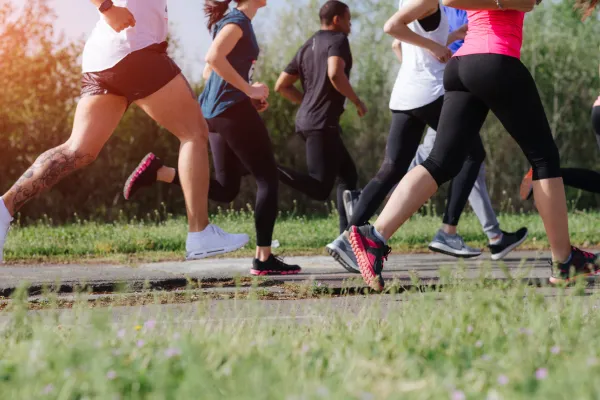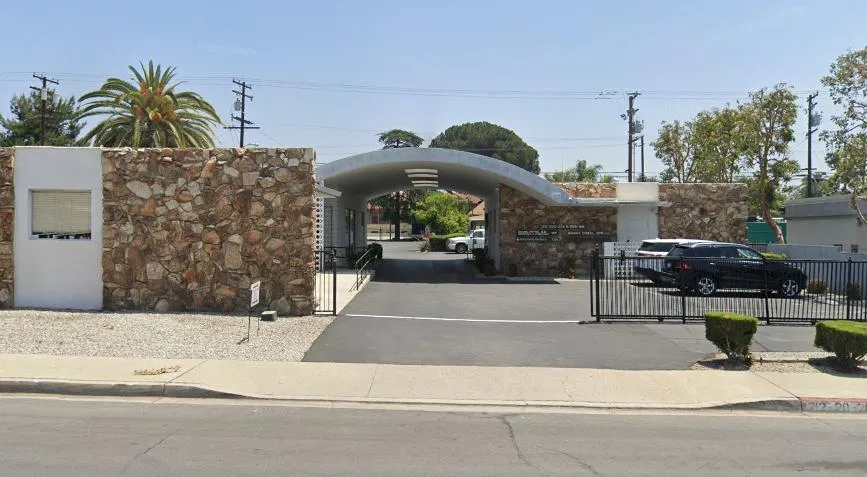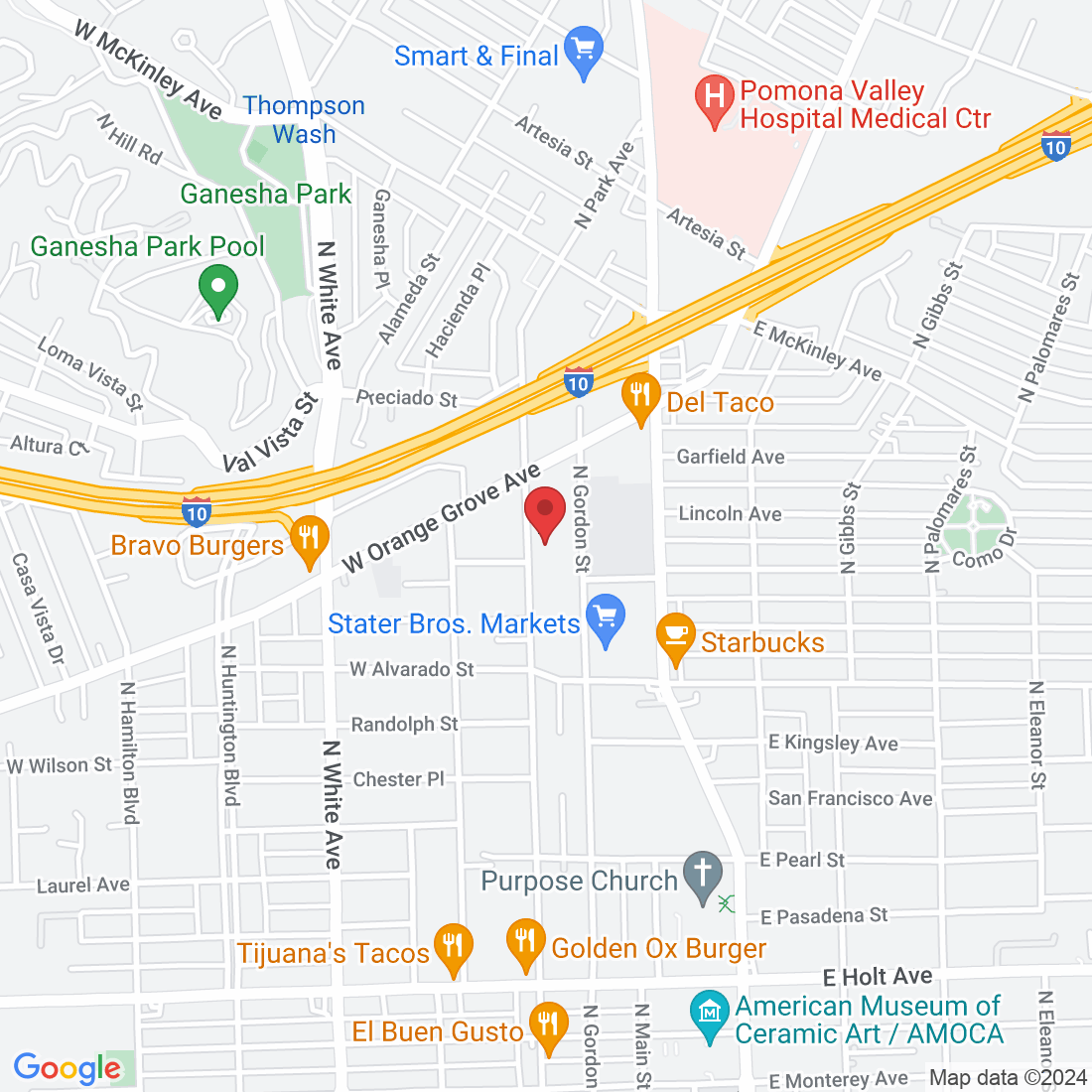
Runners and Heel Pain: Preventing Plantar Fasciitis Before It Starts
If you love running—whether it's around the block, through the hills, or training for your next race—heel pain can be a real roadblock. That sharp ache in your heel first thing in the morning? It might be the start of something called plantar fasciitis.
The good news? You can often stop plantar fasciitis before it ever begins. At Pomona Valley Podiatry, we help runners stay active, pain-free, and confident with every step.
What Is Plantar Fasciitis, Anyway?
Let’s keep it simple. The plantar fascia is a thick band of tissue that runs along the bottom of your foot, from your heel to your toes. It acts like a shock absorber and supports the arch of your foot.
When that tissue gets overworked—especially from repetitive motion like running—it can get inflamed. That’s plantar fasciitis.
The telltale sign? Heel pain that’s worst in the morning or after sitting for a while. It may ease up as you move around but can come back stronger after a run or long day on your feet.
Why Runners Are at Risk
Running is great for your heart, mind, and mood. But it also puts a lot of stress on your feet, especially if:
You suddenly increase your mileage or intensity
You wear shoes that are too worn down or don’t fit properly
You run on hard or uneven surfaces
You have flat feet or high arches
You skip warmups or cooldowns
Over time, all of this can strain the plantar fascia until it starts to hurt.
Smart Habits That Help Prevent Heel Pain
Here are some practical, runner-friendly tips to help protect your feet:
1. Wear the Right Shoes
Running shoes don’t last forever. Most need replacing every 300–500 miles. Choose shoes with good arch support, cushioning, and a proper fit for your foot type.
2. Support Your Arches
If you have flat feet, high arches, or heel pain history, talk to a podiatrist about custom orthotics. They’re made just for your feet and can reduce stress on the plantar fascia.
3. Warm Up and Cool Down
Stretch your calves, hamstrings, and feet before and after runs. Don’t skip this step! Tight muscles can pull on the plantar fascia and make things worse.
4. Mix It Up
Too much of one thing can lead to injury. Try cross-training with low-impact activities like swimming, biking, or strength training to give your feet a break.
5. Ice and Rest When Needed
If your heels feel sore after a run, ice them for 15–20 minutes and give yourself a day or two of rest. Catching irritation early can stop a small problem from becoming a bigger one.
When to See a Podiatrist
If your heel pain keeps coming back—or if you can’t run without discomfort—it’s time to get it checked. At Pomona Valley Podiatry, we take a thorough look at your foot structure, movement, and training habits to find out what’s really going on.
We offer custom orthotics, laser therapy, and conservative treatments that get you back to doing what you love—without the pain.
You Don’t Have to Run Through the Pain
Heel pain isn’t just part of being a runner. It’s your body’s way of asking for help. The sooner you take action, the easier it is to get back on track.
Need guidance or support? Come see your local podiatrist in Pomona. We’ll help you stay healthy, active, and pain-free—mile after mile.
Ask And His Team
Fill in the form to request a Call From Our Team
One of our team will call you for FREE and answer any questions or concerns you may have about your uncomfortable foot condition





